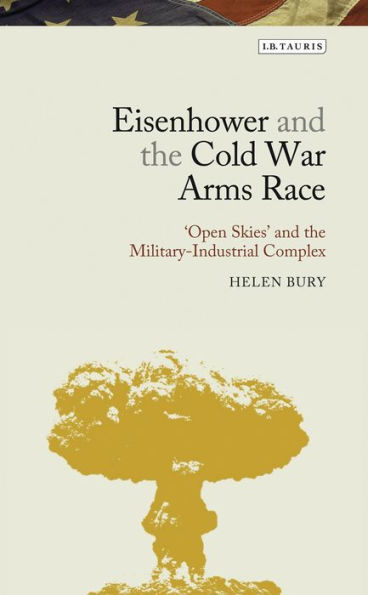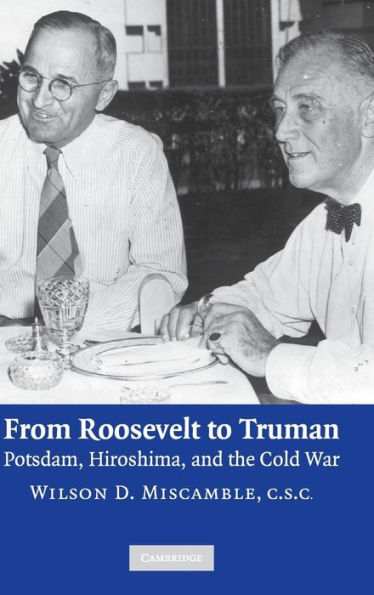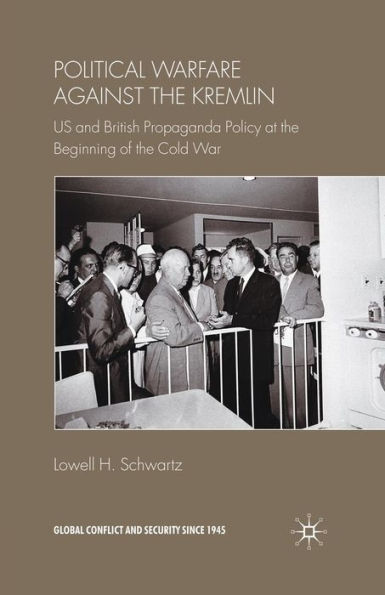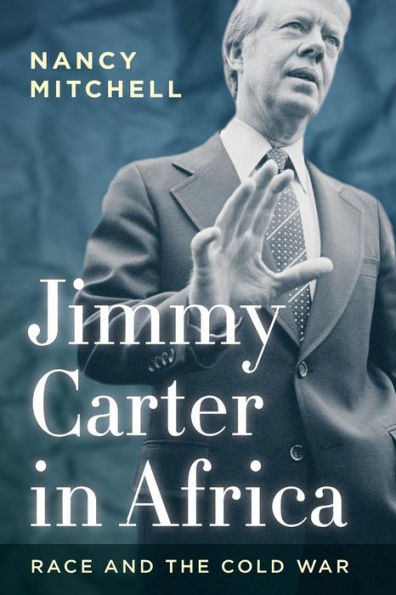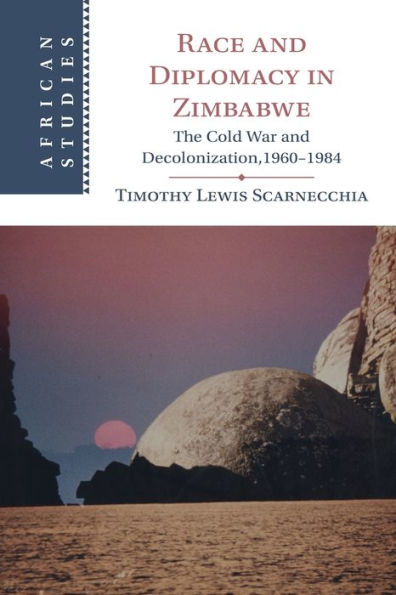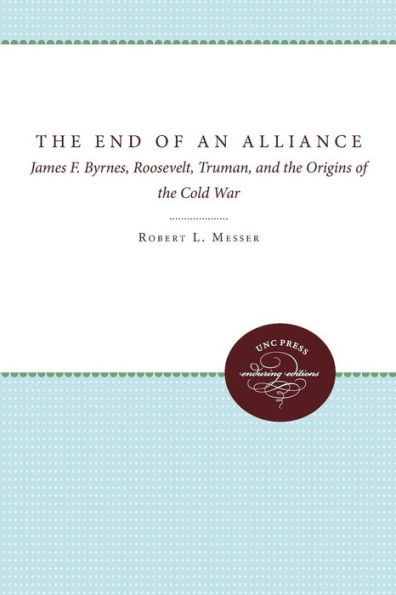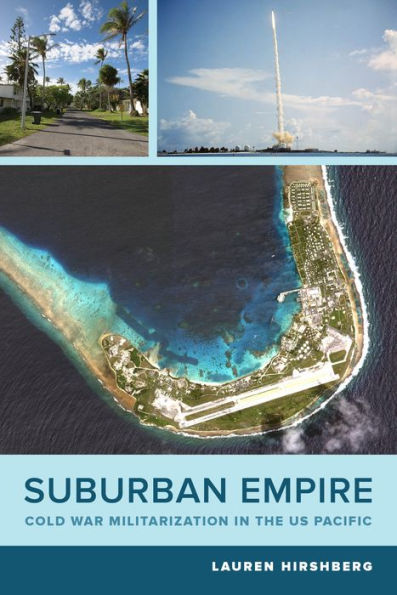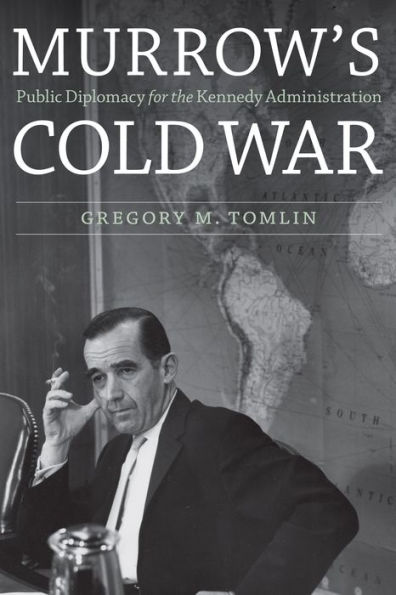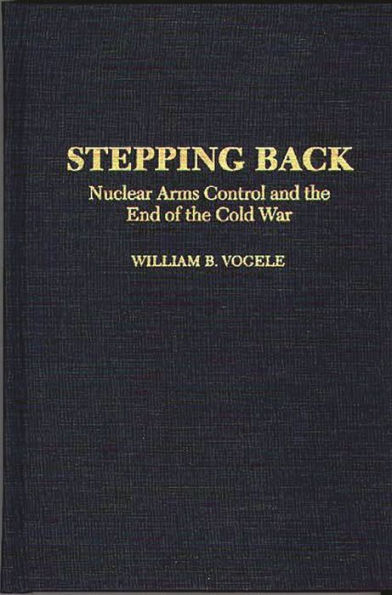Home
Beginnings of the Cold War Arms Race: The Truman Administration and the U.S. Arms Build-Up
Barnes and Noble
Beginnings of the Cold War Arms Race: The Truman Administration and the U.S. Arms Build-Up
Current price: $110.00
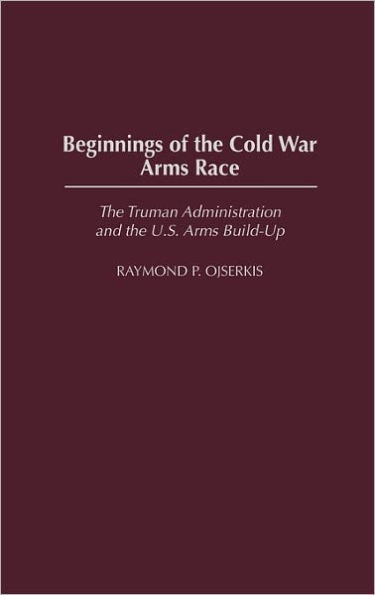

Barnes and Noble
Beginnings of the Cold War Arms Race: The Truman Administration and the U.S. Arms Build-Up
Current price: $110.00
Size: OS
Loading Inventory...
*Product information may vary - to confirm product availability, pricing, shipping and return information please contact Barnes and Noble
The Truman administration's decision to embark on an arms build-up in 1950 was a critical event. For the first time other than a World War, the United States became a global military presence. Unlike the World Wars, in this instance the deployment lasted decades, altering the nature of the Cold War and the United States' global role. Such a decision deserves a book dedicated to understanding the strategy and politics behind it.
The Beginnings of the Cold War Arms Race
serves that purpose.
reviews the state of American military affairs in the late 1940s and describes the role of atomic power in American strategy. It also outlines the factional fighting within the Truman administration over military spending and deployments and considers the Truman administration's perceptions of Soviet military power and intentions. The author presents a fascinating account of the strategy and politics behind the Truman administration's decision to engage in a massive arms build-up that initiated the Cold War arms race.
The Beginnings of the Cold War Arms Race
serves that purpose.
reviews the state of American military affairs in the late 1940s and describes the role of atomic power in American strategy. It also outlines the factional fighting within the Truman administration over military spending and deployments and considers the Truman administration's perceptions of Soviet military power and intentions. The author presents a fascinating account of the strategy and politics behind the Truman administration's decision to engage in a massive arms build-up that initiated the Cold War arms race.
